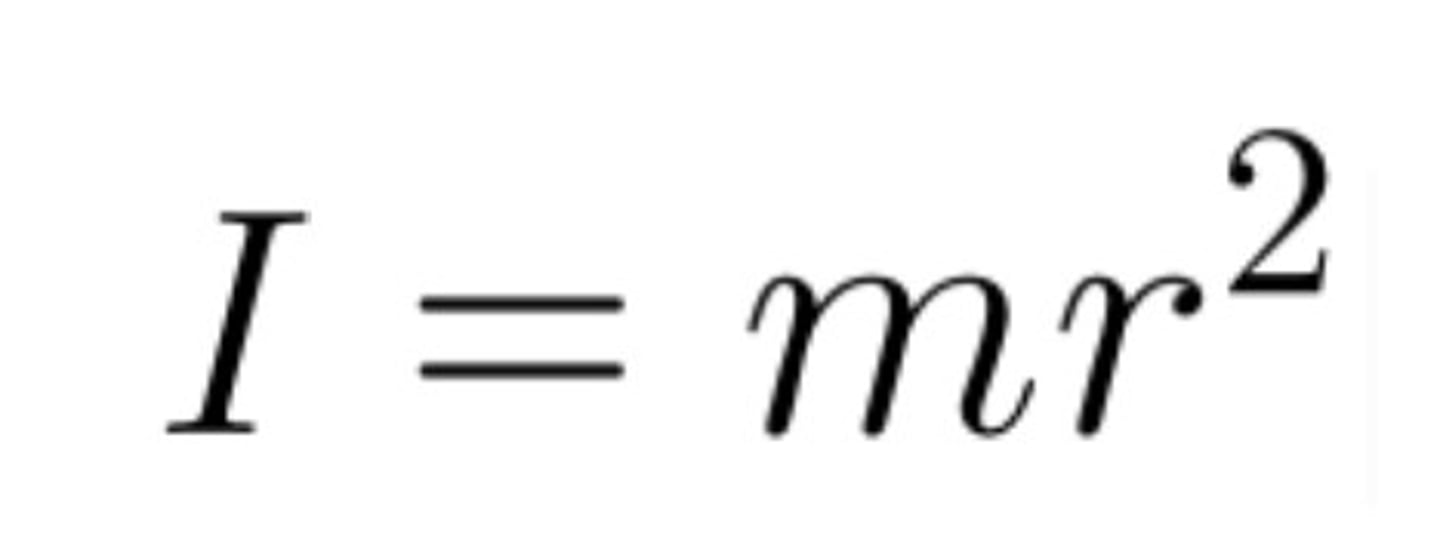Static Equilibrium
1/18
There's no tags or description
Looks like no tags are added yet.
Name | Mastery | Learn | Test | Matching | Spaced |
|---|
No study sessions yet.
19 Terms
static equilibrium
- all net forces/torques sum to 0
- static: not moving/moving at the same velocity + the acceleration = 0
- T=I(angular a) > no a > net external T = 0
- F=ma > no a > net forces sum to 0
Weight vs Mass
- Weight: force of gravity acting on an object; W = mass x gravity
- mass: how much matter we have (constant)
Force
- mechanical interaction between an object and its surroundings (the push or pull of one object on another)
- is a vector b/c it has magnitude, direction, + point of application
Acceleration
- change in velocity over change in time- units = m/s^2 or ft/s^2- you solve for acceleration to see if an object is speeding up/slowing down or changing direction- vector
Velocity
- linear (average) velocity: vector; time rate of displacement
Torque
- measure of extent to which a force will cause an object to rotate
- -forces that cause things to rotate
- Equations: T= force x mA / T= (mass moment of inertia) (angular acceleration)
Center of Mass
the point in a body or system around which its mass or weight is evenly distributed or balances and through which the force of gravity acts- human body COG= 1-2 inches below your navel
Anthropometry
- science that discovers how much body parts weigh in term of body percentage
Linear Motion vs. Angular Motion
- Angular Motion: all points in an object or system move in a circle about a single axis of rotation, needs a central point (axis) to rotate around
- linear motion: All parts of an object or system move the same distance in the same direction at the same time
Momentum
- momentum = how we describe / quantify motion **- equation: L=mv
Inertia
- the tendency to resist acceleration
- represented by mass (the greater the mass, the more force required to produce a given acceleration)
Mass Moment of Inertia
- For a single particle: Ii=miri^2- For an object: look at pic- mi = mass of particle i- ri = distance of particle i from axis of rotation- SI Units: kgm^2

Moment Arm (Lever Arm)
- perpendicular distance from a force's line of action to the axis of rotation
- axis = stick/hinge about which we rotate
External vs. Internal Force
- internal forces:
forces that act within the object or system whose motion is being investigated
- external forces: forces that act on an object as a result of its interaction with the environment surrounding it; examples:- contact forces: one object touches another (pushing/applying force on something)- non-contact forces: forces that occur even if the objects are not touching one another (ex: gravity)
are forces ever considered angular
- no, always linear
- force can only create an angular motion (=torque)
Internal vs External Torque
Internal Torque: muscles, ligaments, joint capsules, contact btwn bone (all occurs inside the body)- muscles have internal moment arms which create internal torque
External Torque: - gravity (weight)- wind/ push + pull from outside the body- external force > external moment arm > external torque- usually CW / neg
Vector
- mathematical tool that allows you to see quantities with magnitude, direction, + point of application
- velocity vs. speed (velocity has direction speed does not)
Static Analysis vs. Dynamic Analysis
- Static: deals with systems in a constant state of motion; sum of T=0 b/c there is no acceleration (T=f x ma)
- Dynamic: sum of T= net acceleration (T=MMOI X angular a)
if demand is > internal torque
if demand is < internal torque
- object moves in demand direction
- object moves in internal torque direction